The History of Formula 1 Racing
Formula 1 racing has a rich and storied history that dates back to the 1940s. The first Formula 1 World Championship was held in 1950, and it has been the pinnacle of motorsport ever since. Over the years, the sport has seen some of the greatest drivers of all time compete for the coveted World Championship, including Juan Manuel Fangio, Ayrton Senna, Michael Schumacher, and Lewis Hamilton.
One of the defining features of Formula 1 racing is its constant evolution. The cars, rules, and regulations are constantly changing to keep up with the latest technology and advancements in engineering. This has led to some of the most exciting and innovative races in motorsport history.
Despite its long history, Formula 1 racing is still as popular as ever. Millions of fans tune in to watch every race, and the sport continues to attract new fans from all over the world. Whether you're a die-hard fan or a newcomer to the sport, there's never been a better time to get involved in the exciting world of Formula 1 racing.
The Rules and Regulations of Formula 1 Racing
Formula 1 racing is governed by a strict set of rules and regulations designed to ensure fair play and safety for all drivers. These rules cover everything from the design of the cars to the conduct of the drivers on the track. Here are some of the key rules and regulations you need to know:
Car Design
The cars used in Formula 1 racing are some of the most advanced and sophisticated machines on the planet. They are designed to be incredibly fast and agile, with powerful engines, advanced aerodynamics, and state-of-the-art electronics. However, there are strict rules governing the design of these cars to ensure fair play and safety for all drivers.
For example, the cars must weigh at least 743 kg (minimum weight) and must not exceed a certain width or length. The engines are also subject to strict regulations, with limits on their power output, size, and number of cylinders. In addition, the cars must pass a series of rigorous safety tests before they are allowed to compete in a race.
Conduct on the Track
The drivers in Formula 1 racing are some of the most skilled and competitive athletes in the world. However, they are also subject to strict rules governing their conduct on the track. For example, drivers are not allowed to make dangerous or reckless moves that could put themselves or other drivers at risk.
In addition, there are rules governing how drivers can overtake each other, how they can defend their position on the track, and how they can react to the presence of other cars on the track. These rules are designed to ensure fair play and safety for all drivers, and they are strictly enforced by the race stewards.
The Cars of Formula 1 Racing
The cars used in Formula 1 racing are some of the most advanced and sophisticated machines on the planet. They are designed to be incredibly fast and agile, with powerful engines, advanced aerodynamics, and state-of-the-art electronics. Here are some of the key features of these incredible machines:
Engines
The engines used in Formula 1 racing are some of the most powerful and efficient in the world. They are typically V6 turbocharged engines that can produce over 1000 horsepower. However, there are strict regulations governing the design of these engines to ensure fair play and safety for all drivers.
For example, the engines must not exceed a certain size or power output, and they are subject to strict limits on fuel consumption. In addition, the engines must be designed to be reliable and durable, as they are required to last for several races without being replaced.
Aerodynamics
The aerodynamics of a Formula 1 car are crucial to its performance on the track. The cars are designed to be incredibly aerodynamic, with sleek, streamlined bodies that reduce drag and improve downforce. This allows the cars to corner at incredibly high speeds, and it also helps them to brake and accelerate more efficiently.
In addition to the body shape, the cars also feature a wide range of aerodynamic devices, such as wings, diffusers, and bargeboards. These devices are carefully designed to generate downforce and improve the car's handling and performance.
Electronics
The cars used in Formula 1 racing are also equipped with a wide range of advanced electronics. These include sensors, data loggers, and telemetry systems that allow the teams to monitor the car's performance in real time. In addition, the cars feature sophisticated electronic control systems that help the drivers to manage the car's power and handling.
The Drivers of Formula 1 Racing
The drivers in Formula 1 racing are some of the most skilled and competitive athletes in the world. They are required to have incredible reflexes, lightning-fast decision-making skills, and nerves of steel. Here are some of the key factors that make a great Formula 1 driver:
Skill and Experience
Formula 1 racing is an incredibly demanding sport that requires a high level of skill and experience. Drivers must be able to handle the incredible speed and G-forces of the cars, as well as the complex and ever-changing conditions of the race. They must also be able to make split-second decisions and react quickly to any situation that arises on the track.
In addition, Formula 1 racing is a highly competitive sport, and drivers must be able to handle the pressure of competing at the highest level. They must be able to perform under extreme stress and maintain their focus and concentration throughout the race.
Physical Fitness
Formula 1 racing is also a physically demanding sport that requires a high level of fitness and endurance. Drivers must be able to withstand the incredible G-forces of the cars and maintain their focus and concentration for the duration of the race. They must also be able to react quickly to any situation that arises on the track, which requires a high level of physical and mental agility.
Mental Toughness
Finally, Formula 1 racing requires a high level of mental toughness and resilience. Drivers must be able to handle the pressure of competing at the highest level and deal with the setbacks and disappointments that inevitably arise during a race. They must also be able to maintain their focus and concentration throughout the race, even when they are under extreme stress and pressure.
The Teams of Formula 1 Racing
Formula 1 racing is not just about the drivers – it's also about the teams behind them. Each team consists of a group of engineers, mechanics, and support staff who work together to design, build, and maintain the cars. Here are some of the key factors that make a great Formula 1 team:
Technical Expertise
Formula 1 racing is an incredibly complex and technical sport that requires a high level of expertise in engineering and mechanics. The teams must be able to design and build cars that are fast, reliable, and safe, and they must be able to maintain them throughout the race.
In addition, the teams must be able to analyze the data from the cars and make adjustments to improve their performance. This requires a high level of technical expertise and a deep understanding of the complex systems that make up a Formula 1 car.
Teamwork and Communication
Formula 1 racing is also a highly collaborative sport that requires a high level of teamwork and communication. The teams must be able to work together seamlessly to design, build, and maintain the cars, and they must be able to communicate effectively with each other during the race.
In addition, the teams must be able to communicate effectively with the drivers, providing them with real-time data and feedback that can help them to improve their performance on the track.
Strategy and Planning
Finally, Formula 1 racing is also a strategic sport that requires careful planning and analysis. The teams must be able to develop a race strategy that takes into account a wide range of factors, including the weather, the track conditions, and the performance of the other teams and drivers.
They must also be able to make quick decisions during the race, adjusting their strategy as needed to respond to changing conditions on the track.
The Tracks of Formula 1 Racing
Formula 1 racing takes place on some of the most challenging and exciting tracks in the world. Each track has its own unique characteristics and challenges, and the drivers must be able to adapt to the conditions of the track to be successful. Here are some of the key features of a Formula 1 track:
Length and Layout
Formula 1 tracks vary in length and layout, but they all share certain characteristics. They are typically between 3 and 5 miles long and feature a wide range of turns, including hairpins, chicanes, and high-speed sweepers.
In addition, the tracks are designed to be challenging and demanding, with tight corners, elevation changes, and other obstacles that require the drivers to be at the top of their game.
Surface and Conditions
The surface of a Formula 1 track is also an important factor in the performance of the cars. The tracks are typically made of asphalt or concrete, and they are designed to provide a high level of grip and traction.
However, the conditions of the track can also have a significant impact on the performance of the cars. For example, rain can make the track slippery and unpredictable, while high temperatures can cause the tires to degrade more quickly.
The Races of Formula 1 Racing
Formula 1 racing is all about the races, and there are few sporting events in the world that can match the excitement and drama of a Formula 1 race. Each race is a unique and thrilling experience, with the drivers pushing themselves and their cars to the absolute limit. Here are some of the key features of a Formula 1 race:
Qualifying
Before the race, the drivers must go through a qualifying session to determine their starting position on the grid. This session consists of several timed laps, and the driver with the fastest lap time will start in pole position.
Race
The race itself is typically between 50 and 70 laps long, depending on the track. The drivers must navigate the challenging and demanding track while competing against each other for position.
Pit Stops
During the race, the drivers must also make several pit stops to refuel and change tires. These pit stops are incredibly fast and efficient, with the teams able to change all four tires and refuel the car in just a few seconds.
Points System
At the end of each race, the drivers are awarded points based on their finishing position. The driver with the most points at the end of the season is crowned the World Champion.
The Future of Formula 1 Racing
Formula 1 racing is constantly evolving, and there are always new technologies and innovations being developed to improve the performance of the cars and the drivers. In addition, the sport is becoming increasingly global, with races taking place all over the world.
However, there are also challenges facing the sport, including concerns about safety and sustainability. The governing body of Formula 1 racing is working hard to address these issues and ensure that the sport continues to thrive for years to come.
Despite these challenges, there is no doubt that Formula 1 racing will continue to be one of the most exciting and thrilling sports in the world. So if you're looking for an adrenaline-fueled experience, look no further than Formula 1 racing – it's a wild ride that you won't want to miss!
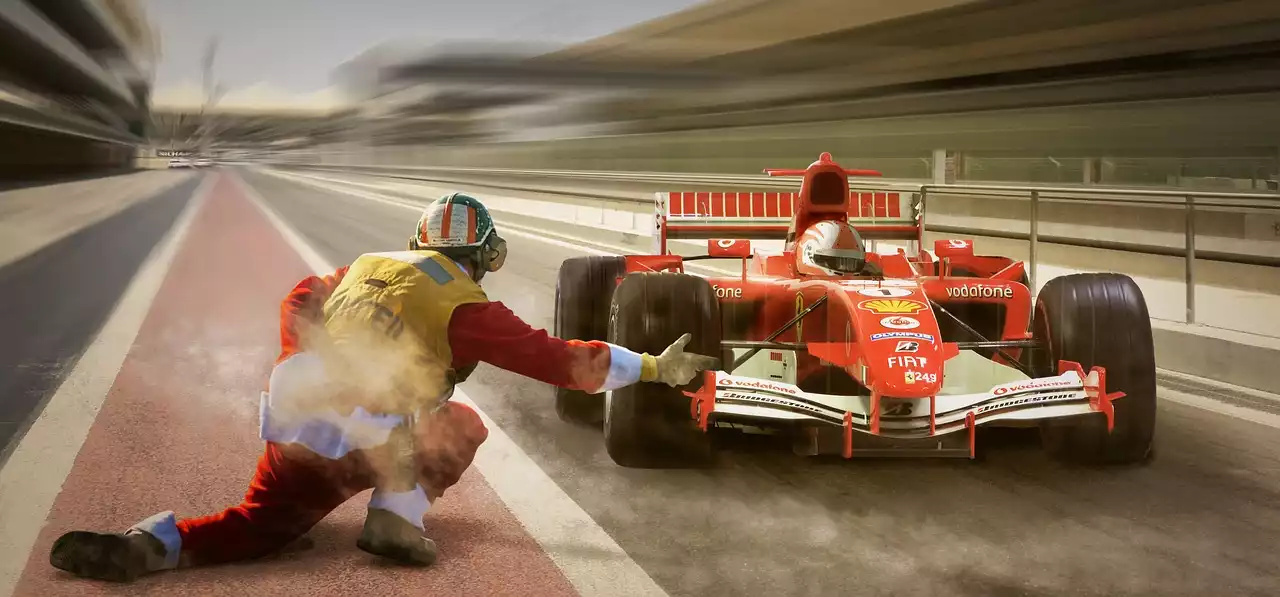

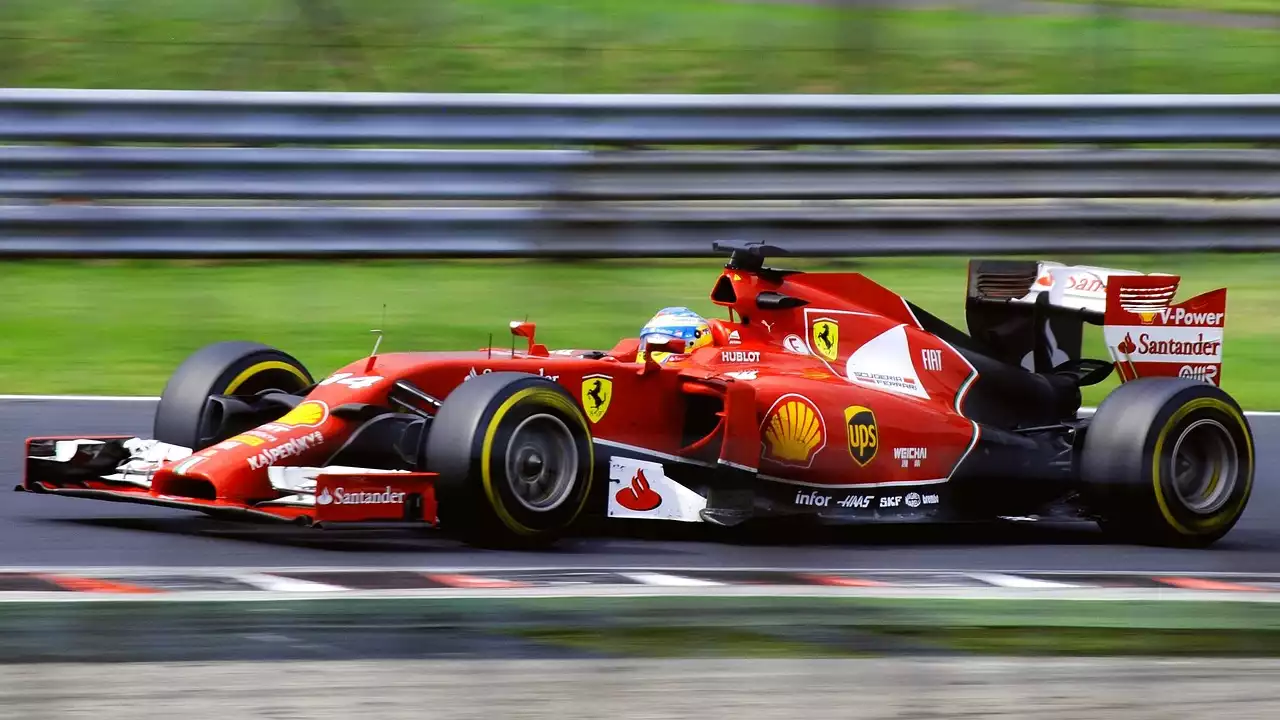
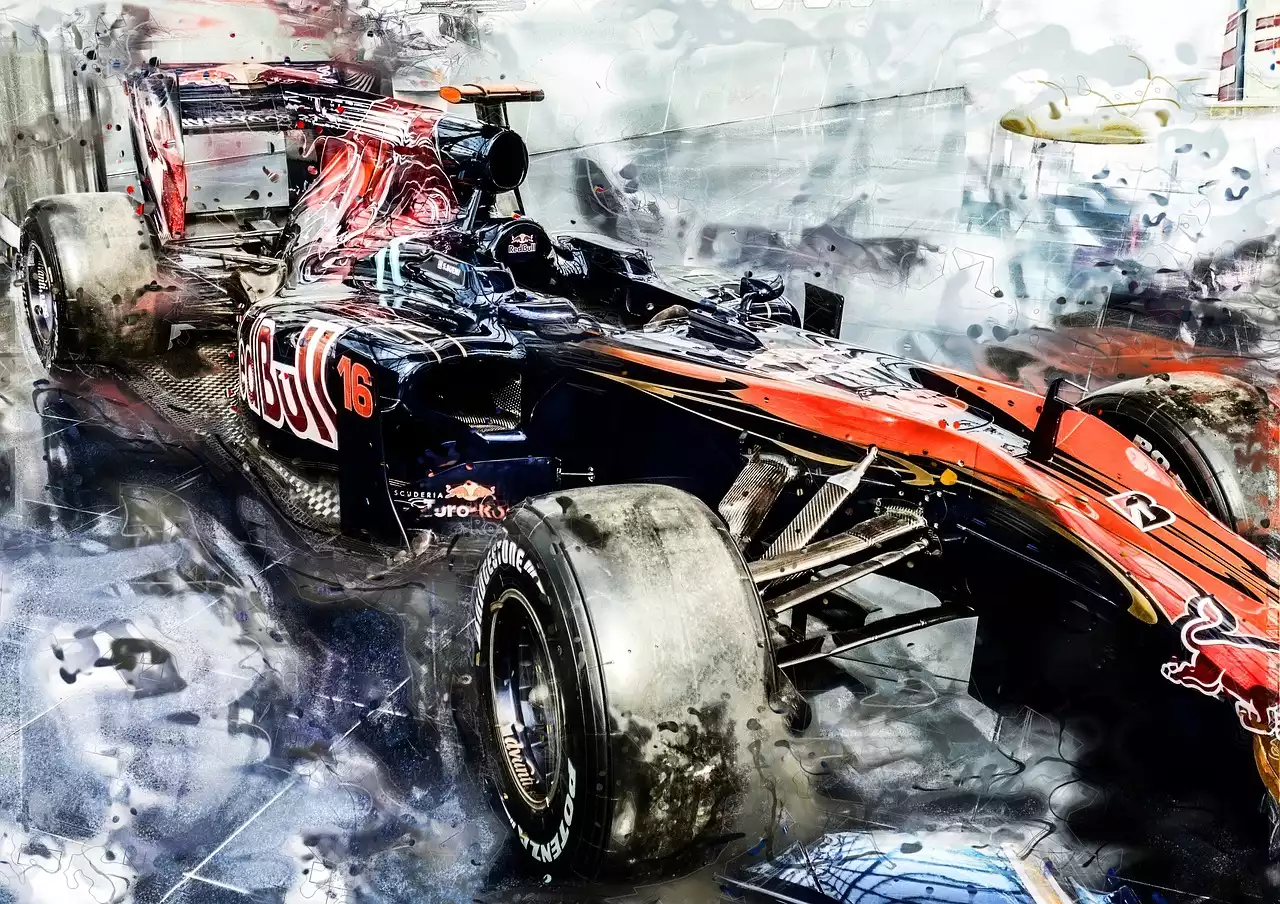
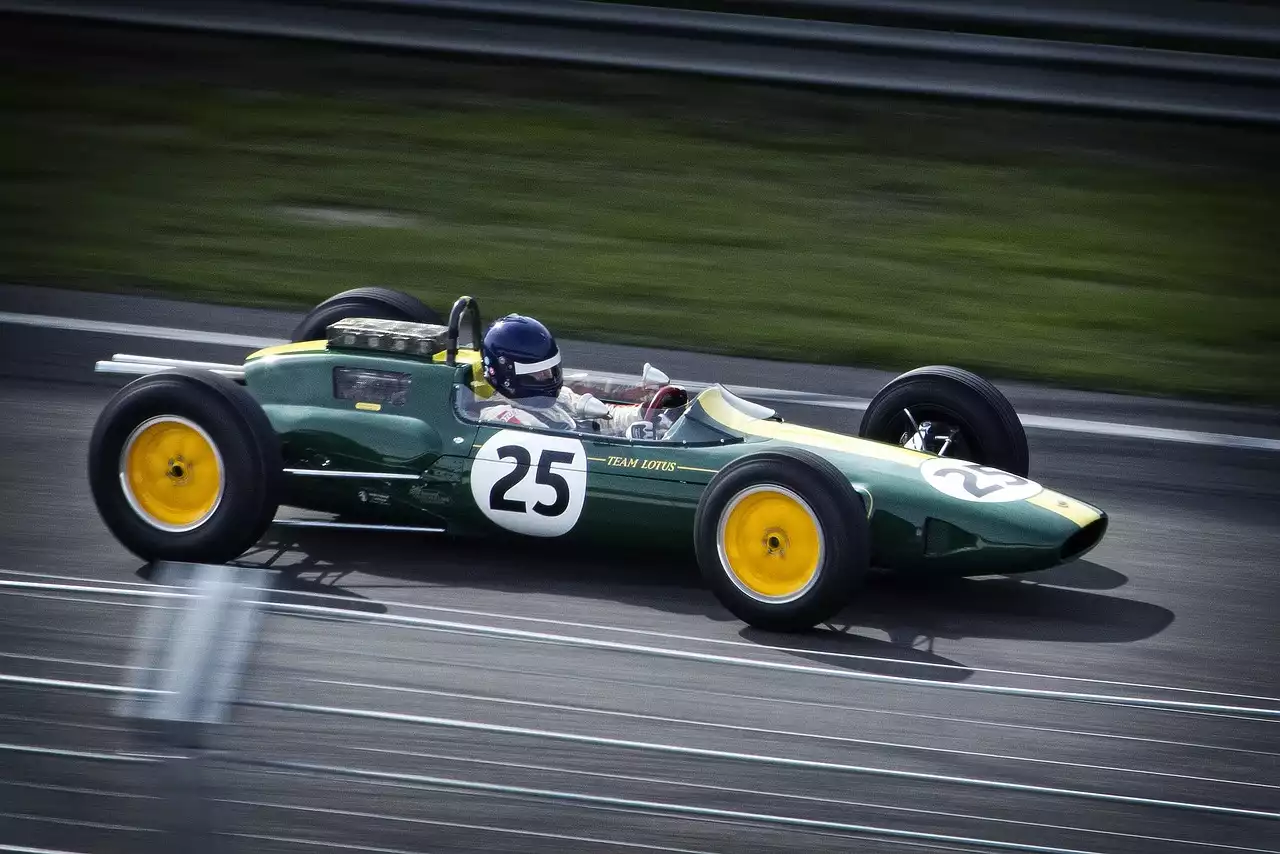



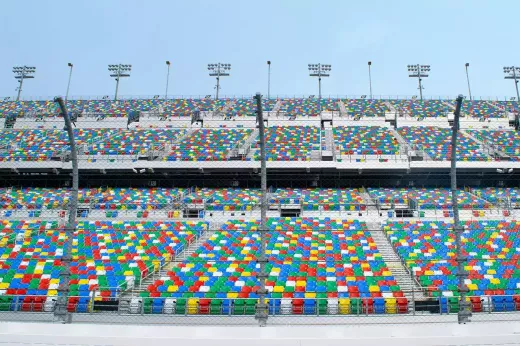
.png?size=50)